Unlike such relatively recent economic activity as software development, mining has been an important contributor to the Canadian economy for hundreds of years.
It has made some entrepreneurs and their investors very rich, and has created well-paying jobs for miners, as well as the people who build the mines that produce the pay-dirt.
Too few Canadians, however, know the history of mineral exploration and mining and their importance to the Canadian economy. Herewith a very brief and partial history.
According to the Canadian Mining Hall of Fame’s History of Mining in Canada, the 17th century French explorer Samuel de Champlain wrote of copper mineralization in what is now Quebec’s Gaspé peninsula.
The site was developed eventually into the giant Mines Gaspé, owned by Noranda Mining and Exploration Inc.
The first coal mine in Canada was started in 1720 on Cape Breton Island.
Shortly afterwards, in 1737, the first iron was smelted at the Forges St. Maurice, just north of Trois Rivieres, Que.
As Canadian settlement moved westward and outward, so did mineral exploration and mining.
Copper-nickel ore was discovered near Sudbury, Ont. in 1883 by a doctor who was looking for a man lost in the bush. The ore was also found to contain gold, silver, platinum, cobalt and other valuable minerals.
Ten years later, a rich lead-zinc-iron ore body was discovered in the East Kootenays, B.C. The deposit was developed into the famous Sullivan Mine, which operated for more than 90 years.
In 1903, two railway contractors discovered veins of almost pure silver at Cobalt, Ont. Eventually more than 100 mines came into production in the region, and much of the wealth that was generated was used to find and develop mines in other parts of Canada.
At about the same time, vast discoveries of iron were being made on the Quebec-Labrador border. To mine the deposits, the Iron Ore Company of Canada constructed railroads, townsites and production and processing facilities.
Just after the end of the Second World War, uranium deposits were found in Saskatchewan and Ontario.
At the height of the Cold War, uranium was a strategic material for the United States and the mines were rushed into production. Now uranium is used to produce electricity in many countries around the world.
But before all these mines could start producing their riches, they first had to be built.
Designing and constructing a mine is unlike designing and constructing a downtown office building, suburban condos or even a big industrial factory.
Fred Sveinson, president of independent mine consultants International Mine Builders Inc., says the process is lengthy, complicated and risky.
The early discoveries in Canada were made by prospectors, often working alone, looking for favourable rock formations in the bush.
Exploring rivers and lake shores by canoe, and using no more than a pick and shovel, they went looking for veins of mineralization.
"In those days there was no modern technology to help them," Sveinson said. "They would find a vein and open it up as much as possible with their tools."
If the vein looked promising, they might do some drilling and blasting,
"Then they would put in a shaft and start to follow the vein downward," Sveinson said. "After that, they might raise some money and put a mill up. Whatever way they did it, the expansion from the original discovery was slow and gradual."
Today, however, the technology, scale, speed and expense of mineral exploration and mine development are much different. It is modern big business compared to small-scale, 19th century artisanship.
Contemporary mineral exploration, for example, uses complex geochemistry and geophysics to find deposits that lie far underneath the Earth’s surface.
Another difference is that today there are many steps, some of which are legally mandated, that need to be followed in order to build a mine.
Exploration is followed by initial drilling, in-house scoping study, more drilling, preliminary economic assessment, preliminary feasibility study, feasibility study, bankable feasibility study, detailed engineering and construction, commissioning and, finally, if all goes well, operation.
Sveinson says the cost of building a mine can range from $50 million to $100 million, for a small mine, to several billion for a large one.
For a so-called greenfields — brand new — mining project, there is a long list of infrastructure, processing facilities and other buildings that potentially need to be built.
They include work camps for both construction and operation, roads, airstrip, rail line, open-pit or underground mine, power line or diesel generator, equipment, maintenance and repair shop, processing mill and tailings storage facility.
Tailings storage facilities (TSFs) are arguably the mining installation that urban Canadians are most familiar with. Although they fail only very rarely, when they do, it’s big news.
Tailings are the ground-up silt and sand, suspended in water that are the byproducts of ore processing.
"Tailings from B.C. mines are generally not toxic," said Harvey McLeod, principal of Vancouver engineers Klohn, Crippen Berger Ltd. "But they are potentially harmful to plants and fish if they are released untreated into the environment."
As a result, tailings need to be stored safety in earth-filled containment dams, called TSFs, tailings ponds or impoundments.
Impounded in the storage facilities, the solid material will settle under its own weight and the water will be returned to the mill for further use.
"Mines don’t want too much water to accumulate in the pond, to mitigate the risk of a failure," said McLeod. "The ideal TSF is simple in design, able to last a long time and capable of reclamation once the mine stops operating."
Tailings ponds in B.C. can range in area from one to 10 square kms, and internationally up to 50 square kms, says McLeod.
"TSFs can be hard to design and build, because each one is different," McLeod said. "In addition to following the codes and the engineering guidelines, building TSFs requires good judgement and lots of experience."


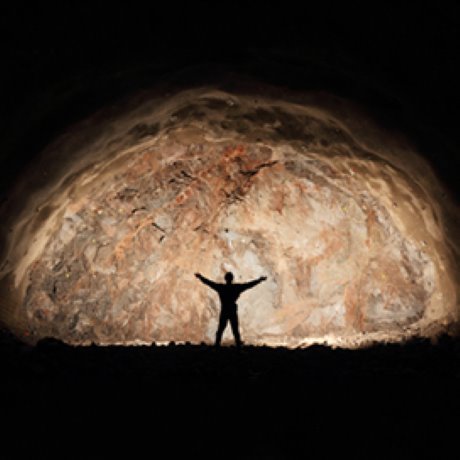
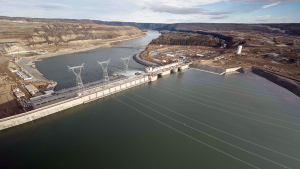
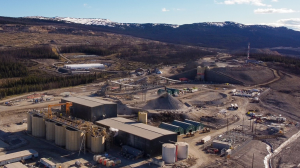

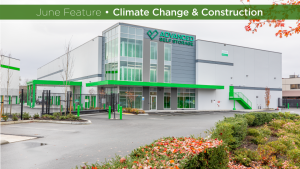



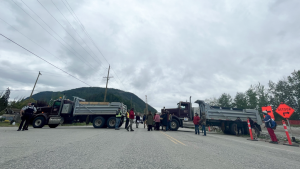
Recent Comments
comments for this post are closed